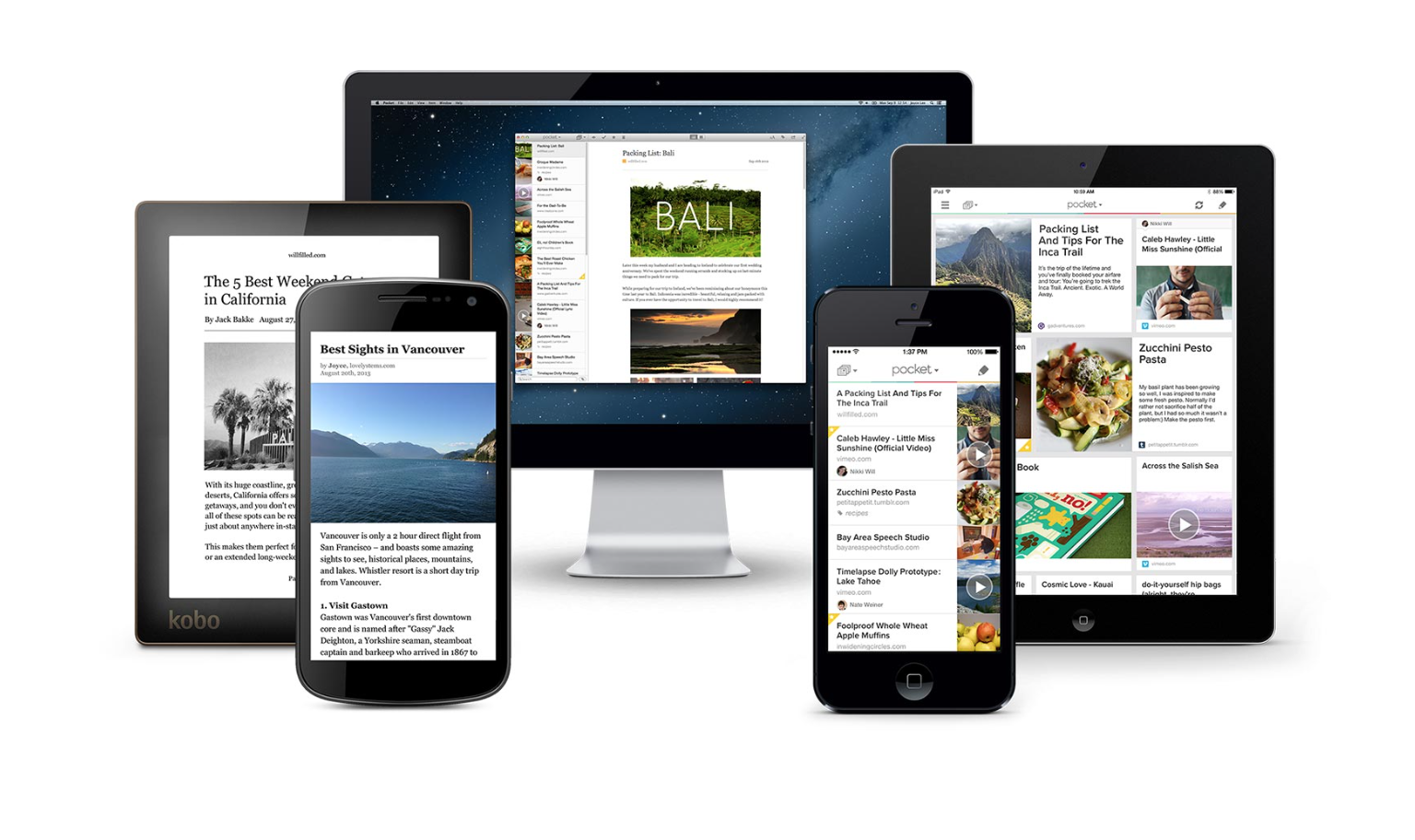I’ve been a loyal Instapaper ever since 2007 when I got my hands on the first generation iPhone. Come to think of it, it was probably one of the first apps I’ve ever bought just so I can unlock the “save unlimited articles” feature. I believe the app cost a whopping $9.99, which was pretty steep for an app at that time and my minimum wage salary.
Over the years, the app has gotten better while keeping its simplistic user interface. I could save an article I found on my MacBook and read it on my iPhone while waiting in line at Target.
The only reason I decided to try Pocket and inevibitably stick with it, is because Instapaper has a hard time saving pictures. I’ve overlooked this flaw many times before but recently, it’s been bothering me more and more. One day I finally broke down and decided to give its biggest competitor, Pocket, a try.
First off, it wasn’t hard at all to export the articles I’ve already saved with Instapaper. A few clicks and everything I had saved was in my Pocket’s queue. If you choose the grid view, Pocket will display a thumbnail from the saved article and if it doesn’t have a picture, then it would display the headline instead, which already seemed like a good remedy to my issue with Instapaper.
The first thing I noticed right away was that Pocket didn’t have any folders except for the archive. Instead, they use a tagging system much like Evernote. It took me a while to get used to this because I like to put articles in different folders if I’m researching something instead of cluttering my archive and queue.

After that, I switched all my API’s and didn’t come across any service that didn’t support Pocket. One thing that was noticibly better was that articles saved significantly faster on iOS and on the desktop regardless of how fast my internet was. There were times on Instapaper where I had poor cellular reception and it took a while for it to save an article. Sometimes, it would just hang and I had to exit out of the app to reset it.
One thing I really like about Pocket is that it only saves the main text or the article and nothing else. With Instapaper, it would save the related links that are added in the page from websites like ESPN, Sports Illustrated, and Buzzfeed. Sometimes, I would need to scroll down a few times just to get to the article.
Pocket isn’t a perfect solution for me yet though. My biggest issue with Pocket so far has been the lack of Kindle support. You can schedule when you wanted to send your queue to your Kindle easily with Instapaper, but you can’t do that with Pocket. I used a website called EN2Kindle, but still didn’t feel like a good workaround because it sent each individual article to Kindle instead of one single “e-book.” As you can imagine, this would have quickly cluttered up my Kindle home screen if I have quite a few articles in my Pocket queue.
After spending close to two weeks with Pocket, I’ve only come across about two instances where it didn’t save the pictures from the article, so I’ll keep using it for now over Instapaper. It’s been hard to break away from Instapaper after so many years, an app of which I am still admittedly a fan. However, until a perfect solution presents itself, either in the form of an update or a brand new app, sticking with Pocket feels like the right move.
Pocket is free to download but users can pay $4.99/month or $45/year for the premium version which includes a better search feature, permanent back up of all articles even if the source is deleted, and suggested tags.